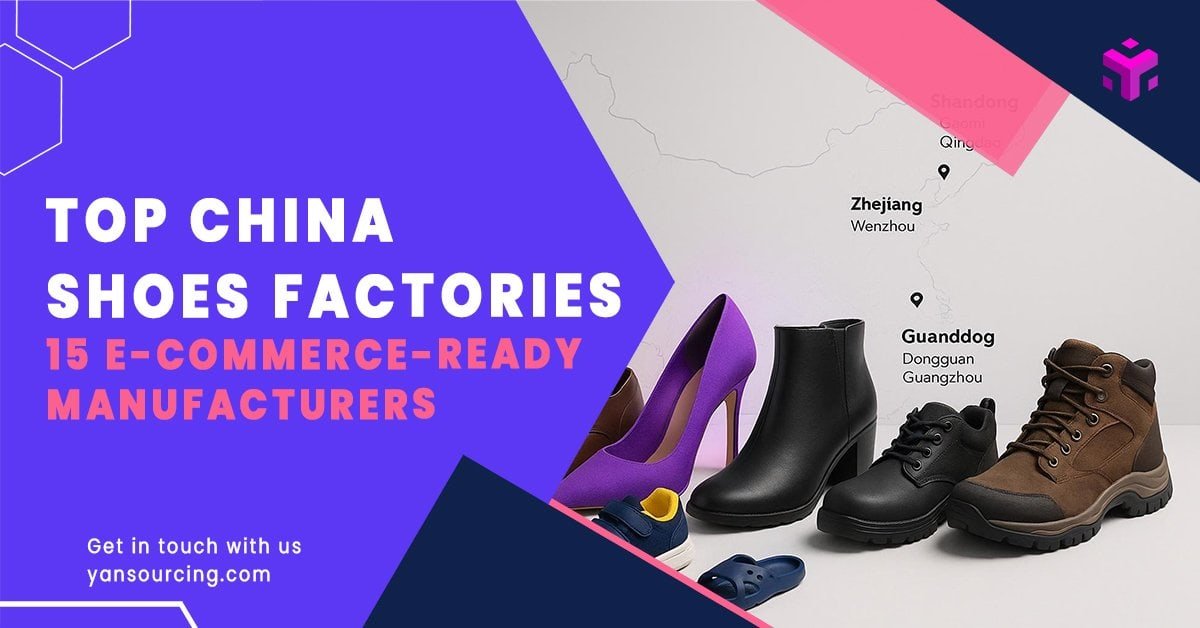
If you’re building a footwear line or scaling an Amazon/Shopify brand in 2025, picking the “right” China shoe factory isn’t about chasing the biggest name.
It’s about fit: compliance, specialization, and stability—with small MOQs, fast sampling, reliable QA, and packaging that’s FBA-ready.
Below is a curated, category-first list of 15 factories we’ve seen align with e‑commerce realities. Each snapshot includes specialties, indicative MOQs and sample timelines, certifications (stated or verifiable), price tier, and pragmatic pros/cons.
We also include a methodology note, a quick vetting checklist, and common pitfalls we still catch on factory audits.
Note on clusters and compliance
- Fujian’s Jinjiang/Putian/Quanzhou lead on sneakers/outdoor; Wenzhou (Zhejiang) on leather/formal; Dongguan/Guangzhou (Guangdong) on fast-fashion footwear; Chengdu/Chongqing (Sichuan) on women’s boots. For a macro view, see the cluster overview in Woodburn Global’s practical guide to the footwear industry in China (2024/25) and Wenzhou’s positioning highlighted in the MarketUnion 2025 footwear sourcing guide.
- For kids shoes, U.S. CPSIA/CPC and, for EU, REACH SVHC are musts. Intertek’s 2024 bulletin (effective June 1, 2025) summarizes evolving children’s footwear test requirements—see the Intertek GB 30585-2024 bulletin.
How we selected (2025)
- Capability match (specialization, R&D, machinery): 25%
- Compliance readiness (BSCI/SEDEX, REACH/CPSIA, ISO systems): 20%
- Evidence quality (recent audits, filings, test reports, credible third-party references): 15%
- MOQ and sampling speed (fit for e‑commerce pilots): 15%
- Quality reliability (AQL process, lab capacity, historical PPM): 15%
- Value and support (pricing, communication, flexibility, packaging): 10%
Where claims are manufacturer-stated, we say so and recommend requesting certificates and recent test reports (SGS/BV/Intertek). For giants with public filings, we link to the canonical source.
Sneakers / Athleisure (Fujian + Guangdong)
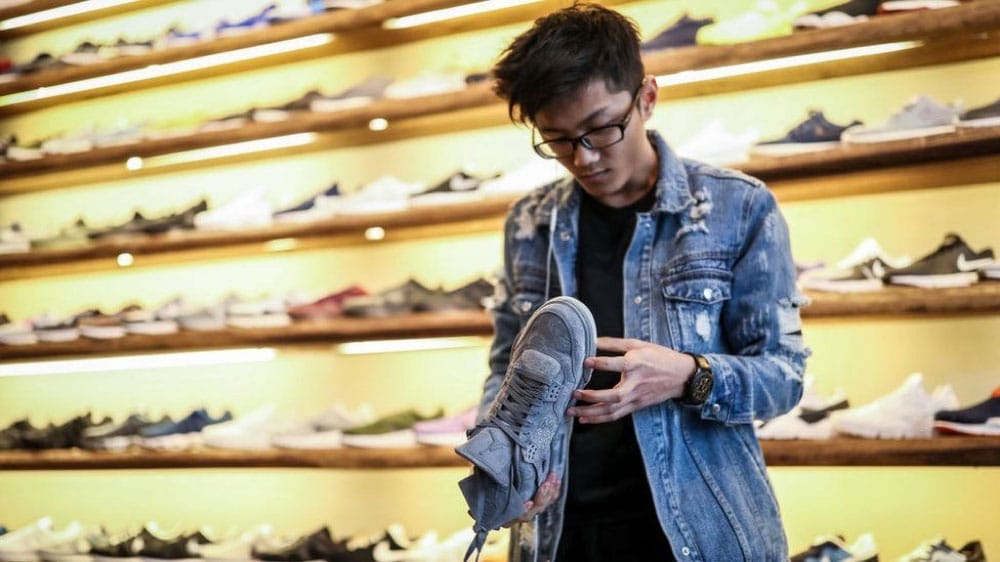
- Yue Yuen Industrial (Pou Chen Group) — Dongguan/Fujian network (large OEM/ODM)
- Specialty: Athletic and casual footwear at global scale.
- Indicative MOQ & sampling: High MOQs; best for established brands with volume programs.
- Certifications/compliance: Corporate ESG and compliance frameworks detailed in annual filings.
- Price tier: $$$
- Pros: World-class scale, automation, established compliance systems.
- Cons: Not a fit for small MOQs or fast-turn private label pilots.
- Evidence: See the 2025 filing via HKEX — Yue Yuen annual report (2025).
- Huali Group — Guangdong/Guangxi network (large OEM/ODM)
- Specialty: Athletic/casual footwear for premium brands.
- Indicative MOQ & sampling: High; geared to brand programs.
- Certifications/compliance: Large-brand audit experience; confirm current BSCI/SEDEX/ISO documentation.
- Price tier: $$$
- Pros: Sophisticated processes; strong consistency at scale.
- Cons: Limited flexibility for small-batch DTC launches; longer onboarding.
- Note: Capabilities commonly profiled by industry overviews; verify directly with current audit IDs.
- Xin De Sheng (XDS) — Jinjiang, Fujian (OEM/ODM)
- Specialty: Running, athleisure, and outdoor styles; custom logos/outsoles.
- Indicative MOQs & sampling: Manufacturer-stated MOQs from ~500 pairs/style; samples ~10–20 days; production ~25–35 days after approval.
- Certifications/compliance: Manufacturer-stated BSCI, ISO9001, REACH, RoHS, and CA Prop 65; Disney audit.
- Price tier: $–$$
- Pros: E‑commerce-friendly MOQs; quick sampling; broad catalog with frequent new styles.
- Cons: Treat certifications as manufacturer-stated—request current certificates and lab reports.
- Evidence: See the XDS site and its category pages.
Leather / Formal (Wenzhou, Zhejiang)
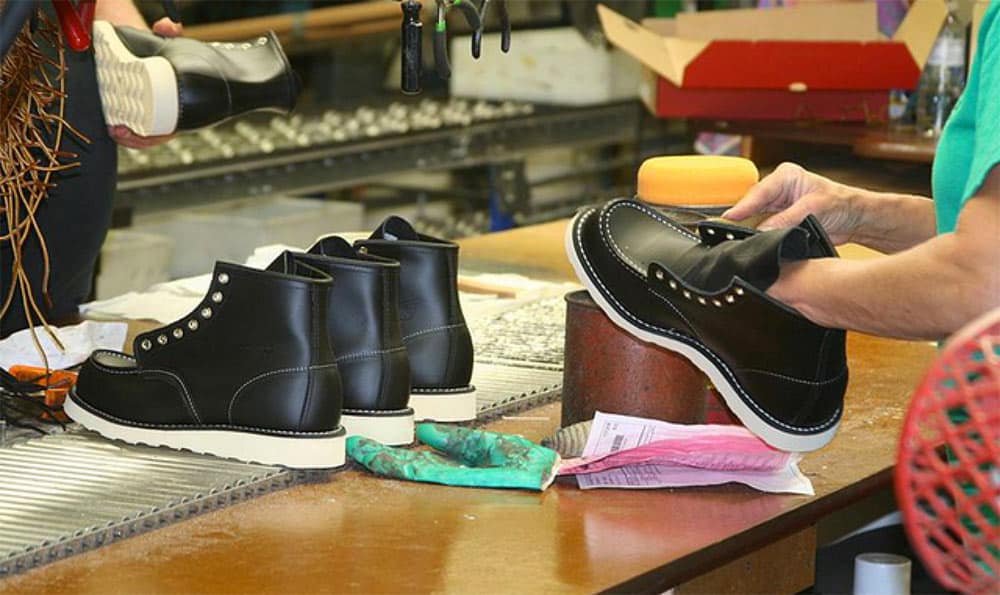
- Ruian Qiyuan Shoes Co., Ltd. (Inner: Wenzhou Fengli Shoes Co., Ltd.) — Wenzhou
- Specialty: Leather/formal shoes for export retail programs.
- Indicative MOQs & sampling: Typically mid-range MOQs; confirm per model.
- Certifications/compliance: Listed in the ALDI South Group facility transparency (textiles and shoes), implying adherence to the retailer’s audit frameworks; confirm current BSCI/SEDEX status.
- Price tier: $$
- Pros: Verified inclusion in a major retailer’s facility transparency list; Wenzhou leather expertise.
- Cons: Documentation varies by program—request specific audit IDs and test scopes.
- Evidence: ALDI South Group — main production facilities (2024/25).
- Wenzhou Fengli Shoes Co., Ltd. — Wenzhou
- Specialty: Formal and uniform-style leather footwear.
- Indicative MOQs & sampling: Medium MOQs; sampling dependent on last/mold availability.
- Certifications/compliance: Associated with the same ALDI transparency entry; confirm current audit scheme and validity dates.
- Price tier: $$
- Pros: Embedded in Wenzhou’s leather supply chain; experience with retailer compliance.
- Cons: Best for stable SKUs; less flexible on micro-batch experimentation.
- Evidence: Listed in the ALDI South Group facility transparency (see link above).
Context: Wenzhou is widely recognized as a leather/formal hub; see cluster context in the MarketUnion 2025 guide.
Women’s Fashion (Sichuan + Guangdong)
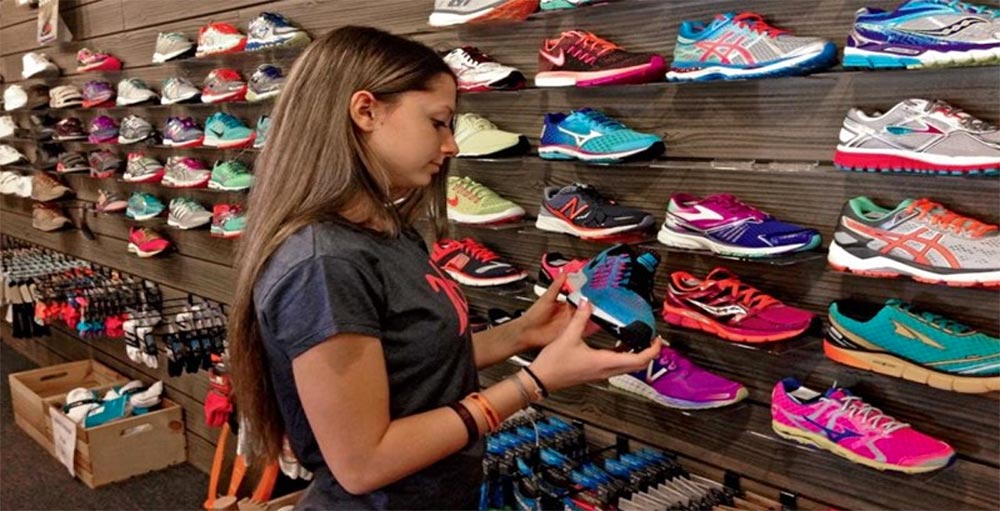
- Xinzirain Shoes — Chengdu, Sichuan (OEM/ODM)
- Specialty: Custom women’s shoes/boots; boutique ODM capability.
- Indicative MOQs & sampling: Boutique factories often support ~200–500 pairs; samples in ~7–15 days—confirm directly.
- Certifications/compliance: Manufacturer-stated strict QC; request audit IDs and chemical test reports for leather/synthetic uppers.
- Price tier: $$
- Pros: Agile development for fashion cycles; strong boot-making tradition in Chengdu.
- Cons: Capacity constraints during peak fashion seasons; document rigor varies.
- Evidence: Factory introduction on the Xinzirain site.
- Mescot Shoes — Guangzhou, Guangdong (OEM/ODM)
- Specialty: Women’s and kids’ footwear; in-house design capability; international show presence.
- Indicative MOQs & sampling: Suited to brand programs; confirm small-batch feasibility.
- Certifications/compliance: BSCI/SEDEX not explicitly listed on-site—request audits and test reports.
- Price tier: $$–$$$
- Pros: Large sampling team; frequent new designs; access to fashion materials market in Guangzhou.
- Cons: Requires process alignment; check consistency across sub-lines.
- Evidence: Company pages and show calendar on the Mescot site.
Cluster note: Chengdu/Chongqing lead women’s boots and are strong for ODM agility; see the industry context from Woodburn Global’s practical guide.
Kids (Guangdong)
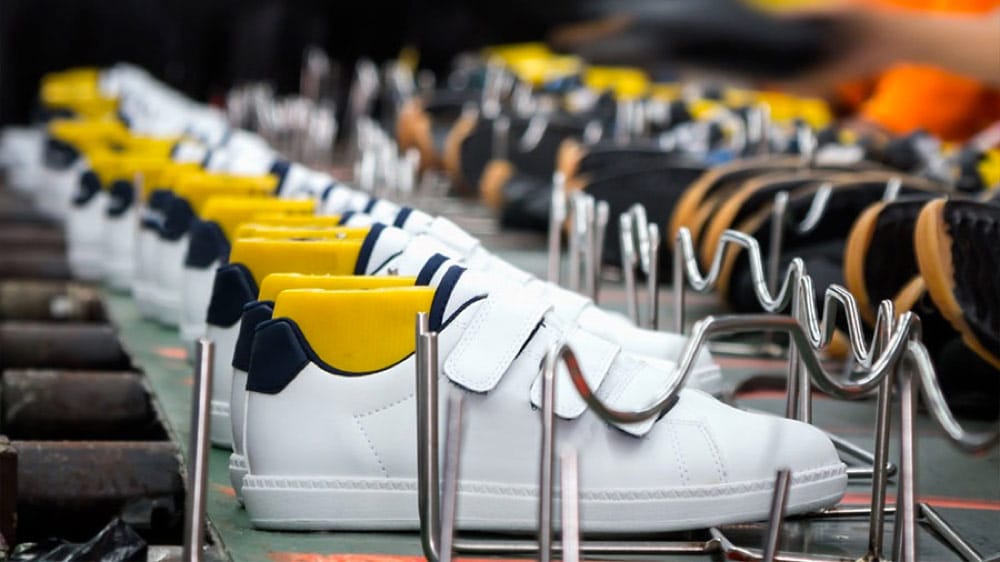
- Gufanpei Shoes — Guangdong cluster (OEM/ODM)
- Specialty: Children’s shoes; claims CPSIA and CA Prop 65 compliance.
- Indicative MOQs & sampling: Generally small-to-medium MOQs; confirm CPC and sample timing.
- Certifications/compliance: Manufacturer/secondary-page claims—request CPC, COAs, and recent lab reports.
- Price tier: $–$$
- Pros: E‑commerce-friendly claims; flexibility for kids’ lines.
- Cons: Children’s footwear has strict chemistry—verify every batch.
- Evidence: Overview page referencing capabilities on the Gufanpei site.
- Dongguan GS Shoes Co., Ltd. — Dongguan, Guangdong (OEM)
- Specialty: Small-factory agility for kids’ and casual footwear.
- Indicative MOQs & sampling: Likely 200–500 pairs; fast sampling—confirm.
- Certifications/compliance: Not publicly listed; request CPSIA/REACH reports per SKU.
- Price tier: $
- Pros: Suited to small batches and rapid tests; responsive engineering changes.
- Cons: Documentation maturity varies—set clear QC gates and testing plans.
- Evidence: Listed among Guangdong manufacturers by HYD; confirm directly with the factory.
Compliance note: For children’s shoes imported into the U.S., ensure CPC based on third-party testing and maintain records. Intertek’s GB 30585-2024 bulletin outlines evolving test regimes that brands should factor into timelines and budgets.
Safety / Industrial (Shandong: Gaomi/Qingdao)
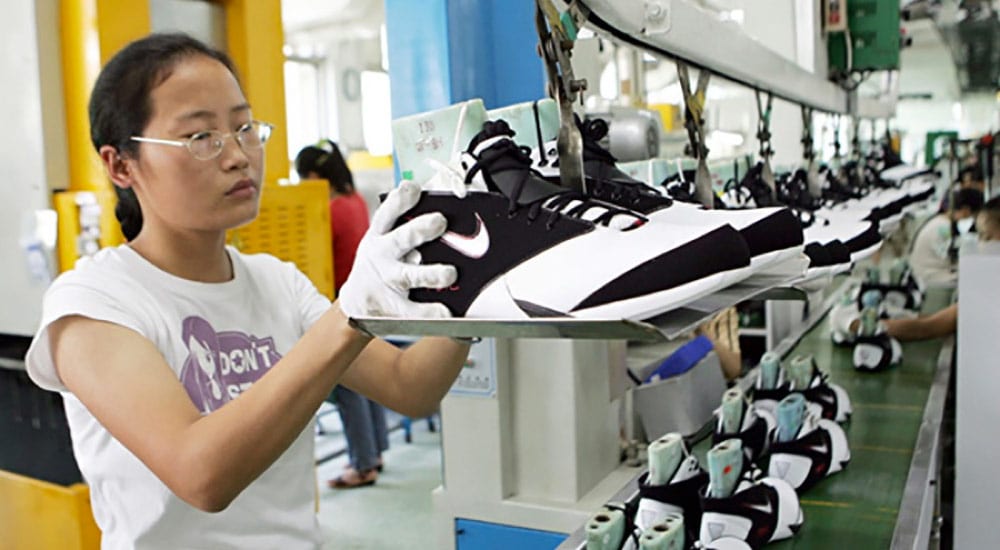
- Qixiang Shoes — Gaomi, Shandong (OEM/ODM)
- Specialty: Safety footwear meeting EN ISO 20345 ranges; collaborations with TUV/CTC/SGS (manufacturer-stated).
- Indicative MOQs & sampling: Example product shows ~1,000 pairs MOQ; 35–40 days delivery post-approval.
- Certifications/compliance: Manufacturer-stated EN ISO 20345:2022; verify with current test reports and CE certificates.
- Price tier: $$
- Pros: Focused safety specialization; clear product specifications by standard.
- Cons: Higher MOQs; documentation must be current for each model.
- Evidence: Product/category pages on the Qixiang site.
- MK Safety — Gaomi, Shandong (OEM/ODM)
- Specialty: Safety shoes targeting EN ISO 20345:2022 and ASTM F2413-18 requirements (manufacturer-stated).
- Indicative MOQs & sampling: Program-level batches; confirm per ASTM/EN variant.
- Certifications/compliance: ISO9001; CE claims—request TCF and test reports by style.
- Price tier: $$
- Pros: Broad standard coverage for cross-market programs.
- Cons: Compliance varies by SKU—align SKUs and lab reports early.
- Evidence: Manufacturer profile via SafeFT overview of China safety shoes makers — SafeFT roundup on safety shoes manufacturers.
- Tiger Master — Gaomi, Shandong (OEM/ODM)
- Specialty: Safety footwear lines with EN ISO 20345:2022/ASTM F2413-18 claims (manufacturer-stated).
- Indicative MOQs & sampling: Program batches; confirm per spec.
- Certifications/compliance: ISO9001:2015; CE claims—request current certificates and reports.
- Price tier: $$
- Pros: Mature SKUs across protection levels; predictable spec sheets.
- Cons: Ensure anti-slip/SRC evidence per outsole.
- Evidence: Profiled alongside MK Safety in the SafeFT roundups (see link above).
Sandals / Slippers (Guangdong + Zhejiang EVA/PU)
- XDS — Jinjiang, Fujian (EVA/PU sandals line; OEM/ODM)
- Specialty: Custom sandals/slippers with logo/strap/outsole options.
- Indicative MOQs & sampling: Manufacturer-stated MOQs from ~500 pairs; samples ~10–20 days.
- Certifications/compliance: Manufacturer-stated REACH, BSCI, ISO9001, RoHS, CA65.
- Price tier: $
- Pros: Quick-turn customization; starter-friendly MOQs.
- Cons: Request REACH SVHC reports for each compound/color.
- Evidence: XDS sandals manufacturer page.
- HEVA — Guangdong/Zhejiang network (OEM/ODM)
- Specialty: EVA/PU slippers and sandals; customization for export clients (manufacturer-stated).
- Indicative MOQs & sampling: Typically 500–1,000 pairs; samples within ~2 weeks—confirm.
- Certifications/compliance: Request REACH/CPSIA test reports by compound and colorway.
- Price tier: $–$$
- Pros: Wide EVA specialization; flexible strap/outsole tooling.
- Cons: Quality varies across sub-suppliers—audit materials chain.
- Evidence: HEVA slippers manufacturer overview.
Outdoor / Hiking (Fujian: Jinjiang)
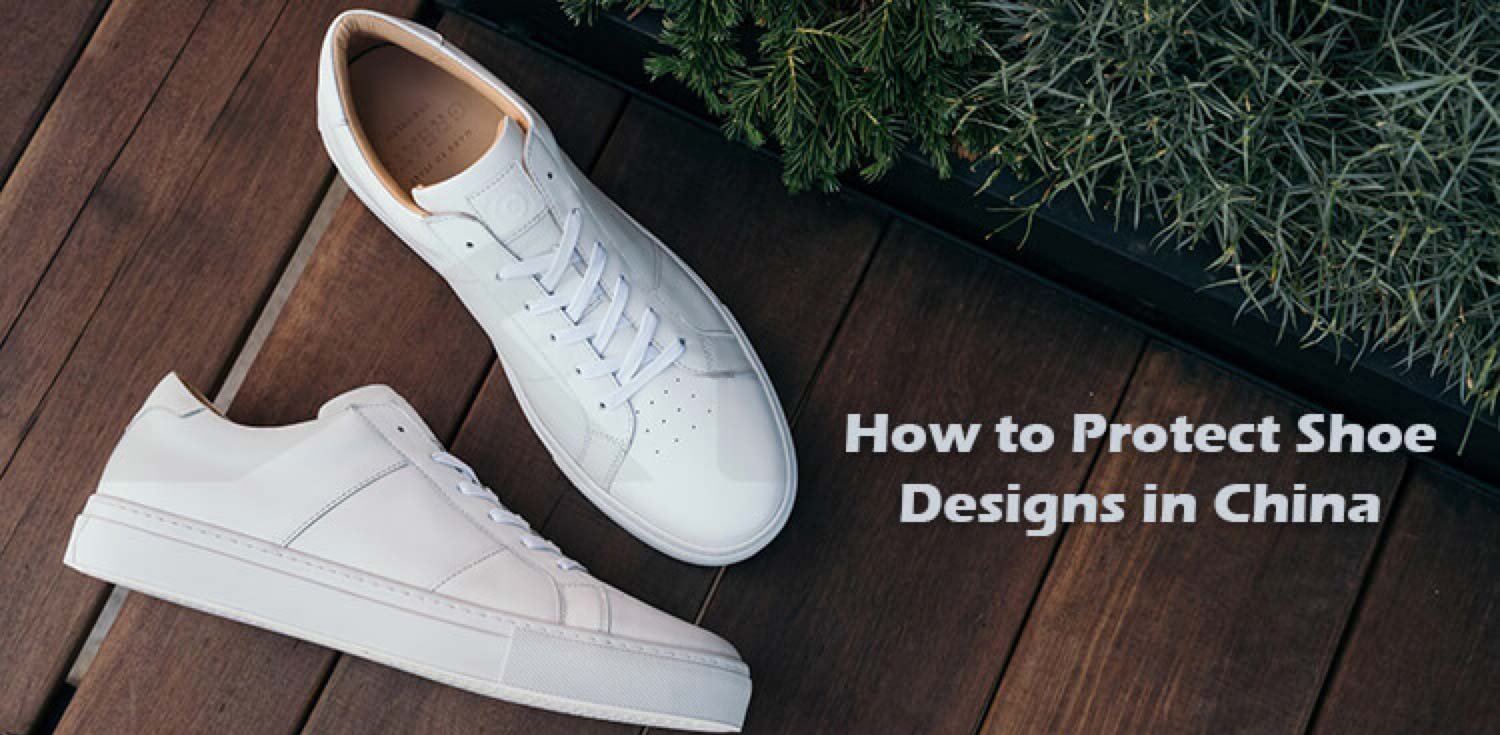
- Jinjiang Maituo Import & Export — Jinjiang, Fujian (OEM/ODM)
- Specialty: Waterproof hiking/trekking footwear; ties to materials suppliers with ISO and GRS/RCS certifications (materials-side).
- Indicative MOQs & sampling: Small to mid-size MOQs; confirm for waterproof constructions.
- Certifications/compliance: Request hydrostatic testing (e.g., seam-sealed uppers), and chemical reports per component.
- Price tier: $–$$
- Pros: Jinjiang’s outdoor lineage; access to waterproof membranes and rugged outsoles.
- Cons: Validate membrane performance and bonding process with pilot runs.
- Evidence: Company/product pages via Made‑in‑China profile — Maituo profile and hiking product example.
Alternative quick-sample option: Jinjiang Micro Sports Goods maintains waterproof/climbing SKUs with very low sample MOQs via Alibaba; suitable for early prototyping, then scale to a long-term OEM once specs stabilize. Evidence: Micro Sports Alibaba profile.
Quick vetting checklist (use before you commit)

- On-time shipment rate (last 12 months) and defect PPM history, plus rework/returns records.
- AQL plan and QC architecture across stages: pre-production, inline, and pre-shipment. If AQL is new for your team, start with this explainer: What is AQL inspection?
- Audit and certification proofs: BSCI/SEDEX/SMETA IDs, ISO certificates, and recent third-party lab reports (SGS/BV/Intertek).
- Chemical compliance by market: U.S. CPSIA/CPC; California Prop 65 disclosures; EU REACH SVHC; if safety footwear, EN ISO 20345 test reports per SKU.
- Tooling and IP: Mold/last ownership clauses, NDA, sample archive, and change-control process.
- Materials supply chain: Source lists for uppers/outsoles/adhesives, with REACH/CPSIA documentation by batch.
If you’re mapping the sourcing process end-to-end, this step-by-step guide to supplier discovery and negotiation is a practical companion: How to Source Products from China. And for deeper factory evaluation steps, see: How to Vet a Factory in China.
Common pitfalls we still catch (and how to avoid them)
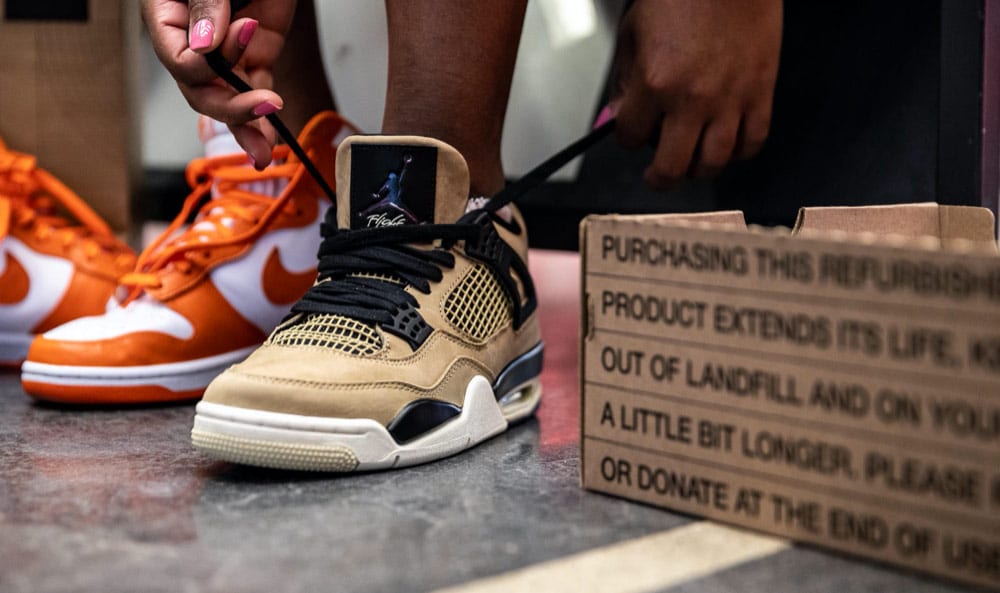
- Fake client portfolios: Watch for glossy decks with unverified brand logos. Ask for purchase orders or permissioned references.
- Unannounced subcontracting: Lock a no-subcontract clause; verify on-site production lines match your PO, then spot-check during inline.
- Mold/last ownership disputes: Define ownership, storage, and release conditions upfront; serialize tooling.
- Material substitution: Prevent “top-grain to split” swaps by sealing BOMs and testing incoming materials by lot.
- Sizing inconsistency: Calibrate size runs early, including last grading and fit samples across key sizes; inspect with measurement jigs.
For broader cluster context that can influence risks and lead times, this overview is useful: Top Manufacturing Hubs in China. When you’re ready to ship, plan costs and transit with this practical read: China Shipping and Logistics Guide.
Mini case story: catching hidden subcontracting
A DTC outdoor brand engaged a “perfect on paper” supplier in Jinjiang for a 3,000-pair hiking boot run. During a pre-shipment audit, our inspector noticed outsole cartons from an unknown factory code and a mismatch in insole branding—classic subcontracting tells.
We paused the shipment, traced the subcontracted workshop (no REACH documentation on adhesives), and transitioned production to a vetted OEM. The brand absorbed a two-week delay but avoided a potential compliance recall; returns on that SKU dropped by roughly 30% over the next two batches thanks to tighter AQL gates and verified materials.
Next steps
- Shortlist 3–5 factories per category that match your MOQ/lead-time needs, then request audit IDs, AQL plans, and recent lab reports.
- Lock your compliance matrix by market (REACH/CPSIA/Prop 65/EN ISO 20345) and reflect it in your supplier quality agreement.
- Pilot with a small run to validate fit, durability, and colorfastness before committing to tooling for multiple colorways.
If you’d like experienced on-the-ground support to source, audit, and manage production end-to-end, consider partnering with Yansourcing for one-stop sourcing, QC, and logistics.
